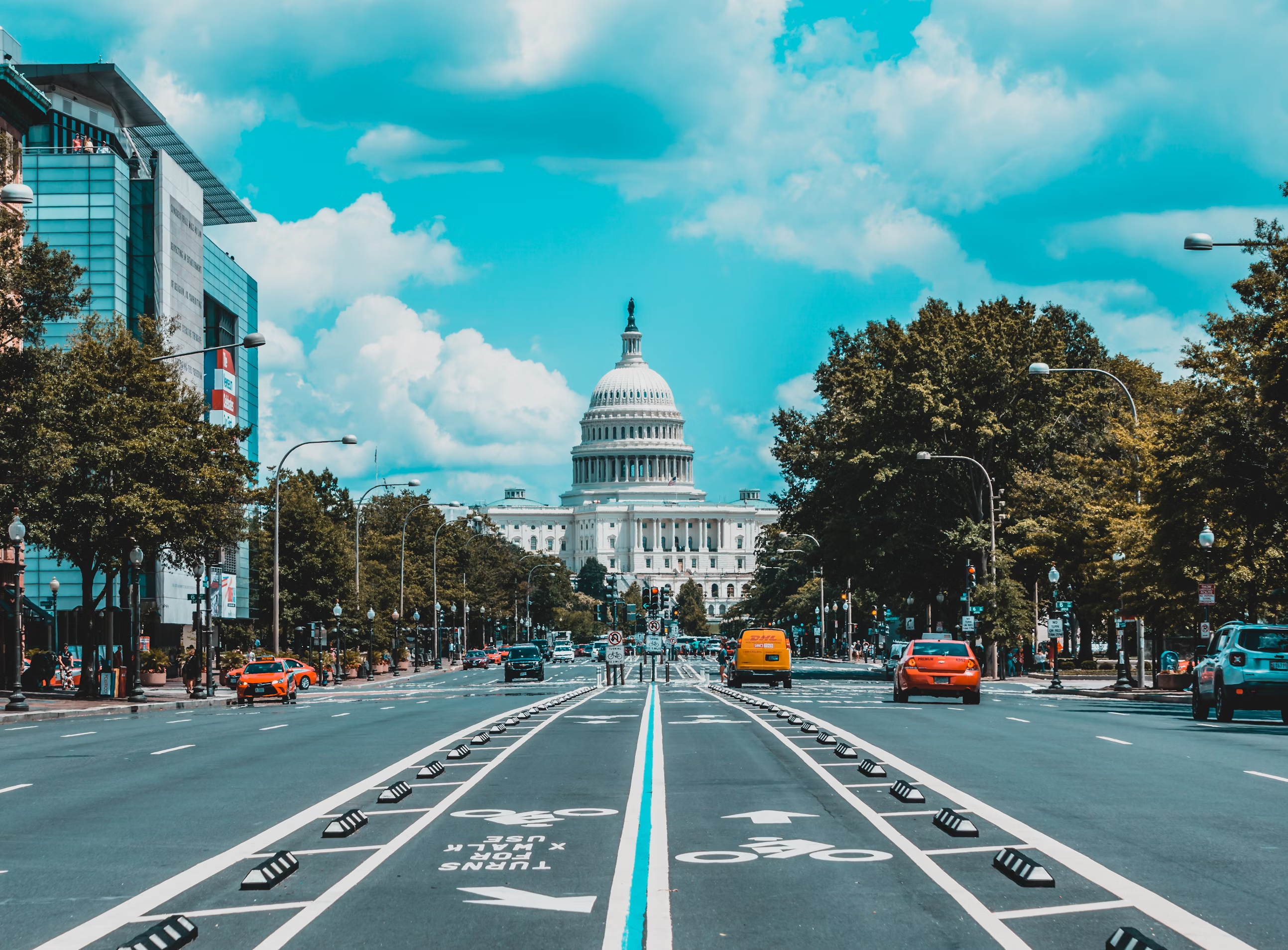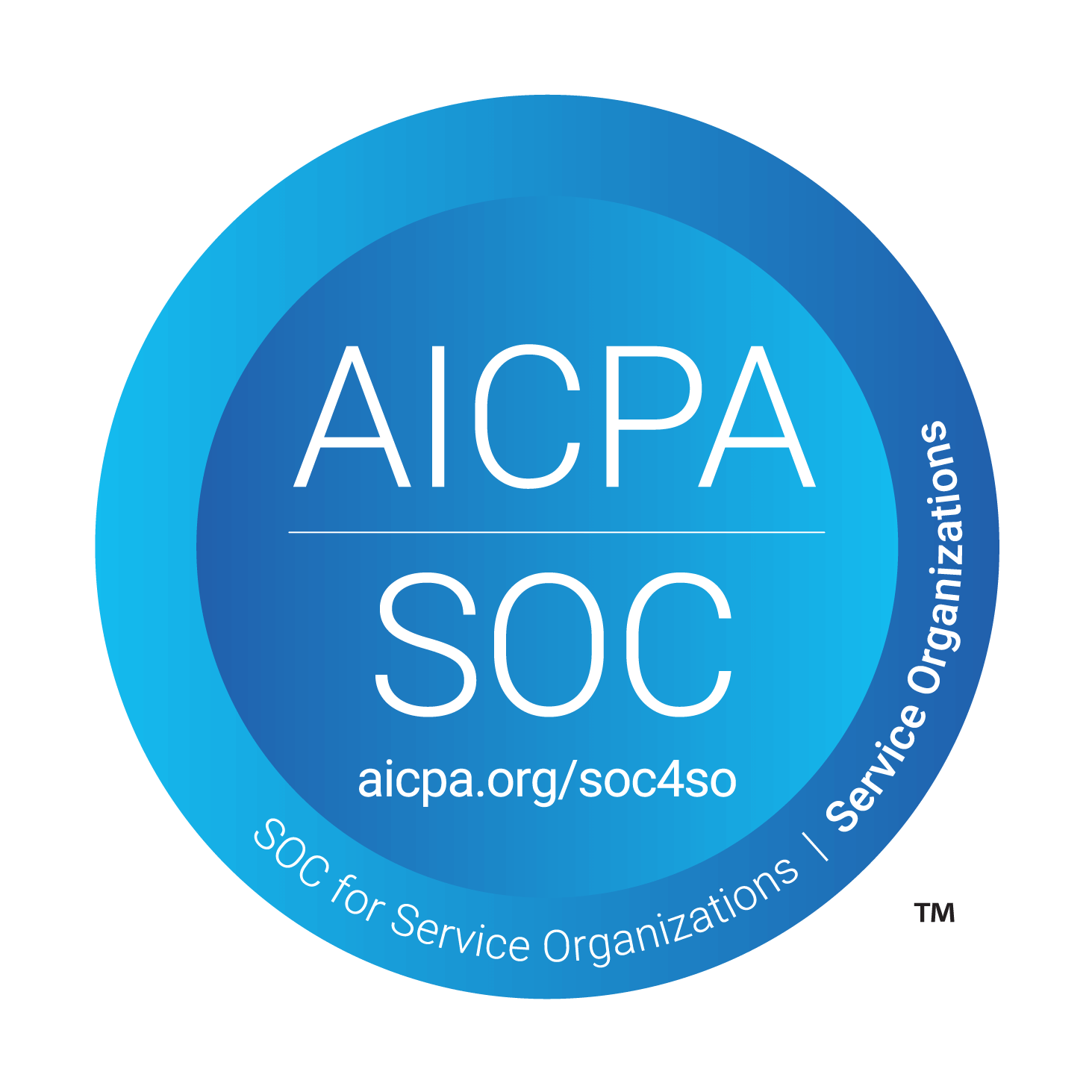Throughout this O-1A visa series, we've covered the fundamentals of extraordinary ability, detailed the eight qualification criteria, and explored strategies for building compelling petitions. In this final installment, we'll examine the common mistakes that can undermine otherwise strong applications and how to avoid them.
Even highly accomplished individuals with genuine extraordinary ability can see their petitions denied due to presentation errors, documentation problems, or strategic missteps. Understanding these pitfalls is crucial for ensuring your achievements are properly recognized by USCIS officers.
If you're just joining this series, we recommend reading our previous articles for essential context about O-1A requirements and petition strategies that will help you better understand the guidance provided here.
This information is based on official USCIS guidance and observed adjudication patterns. As with all immigration matters, we recommend consulting with qualified immigration counsel who can assess your specific situation and ensure compliance with current requirements.
Critical Mistakes That Undermine Strong Cases
Assuming Meeting Three Criteria Guarantees Approval
Perhaps the most dangerous misconception is that simply checking off three criteria automatically leads to approval. This "minimum threshold" mentality often results in weak petitions that fail at the final merits determination stage.
USCIS explicitly states that meeting three criteria is only the initial qualification step. Officers then evaluate whether all evidence collectively demonstrates the level of acclaim and recognition indicative of extraordinary ability. If your evidence barely meets the minimum standards or appears marginal, your petition can still be denied regardless of technically satisfying three categories.
The most successful petitions exceed the minimum requirements wherever possible. Rather than focusing on breadth ("I meet exactly three criteria"), emphasize depth by presenting compelling evidence that clearly demonstrates sustained excellence at the highest levels of your field. Quality and strength of evidence matter far more than simply meeting the numerical threshold.
Including Unqualified or Weak Evidence
Petitioners sometimes misidentify achievements as meeting specific criteria when they don't actually qualify. Common examples include claiming company-internal awards as nationally recognized prizes, or listing general professional memberships as selective associations. An award known only within your organization or city won't satisfy the awards criterion, regardless of its personal significance to you. Similarly, memberships available to anyone who pays dues don't demonstrate the selective, merit-based recognition USCIS requires.
Before including any evidence, honestly evaluate whether it demonstrates outstanding recognition on a national or international level. Weak evidence can actually harm your case by suggesting you don't understand the standards or by prompting officers to question your other claims. It's better to omit questionable evidence or replace it with stronger alternatives than to include items that don't fit the criteria's intent.
Providing Inadequate Documentation
Strong achievements can be rendered worthless by poor documentation. Claims without solid proof or evidence missing key details often fail to convince USCIS officers of their significance.
If you claim media coverage, you must provide complete articles with titles, dates, authors, and certified translations for foreign language materials. A brief mention of your name in a larger article typically won't satisfy the media coverage criterion. Similarly, if you served as a judge for a competition, a generic thank-you note without context about the competition's significance may be insufficient evidence.
Always provide comprehensive supporting documentation for each claim. This includes copies of awards with information about the granting organization, letters from event organizers explaining your role's importance, and complete publications showing your contributions. Make it easy for USCIS officers to verify and understand each achievement without additional research.
Overlooking the Field-of-Endeavor Connection
Your planned U.S. work must clearly connect to your field of extraordinary ability. A common mistake is presenting achievements in one area while planning to work in a different or only loosely related field. For example, if you've achieved acclaim as a biotechnology researcher, your U.S. position should involve biotechnology research, development, or closely related scientific work. Taking a general business role or switching to an unrelated field can raise questions about whether you're truly coming to work in your area of extraordinary ability.
Ensure your job description or project summary clearly utilizes your extraordinary talents. Explicitly explain the connection between your past achievements and planned U.S. activities in your petition materials and supporting letters. USCIS officers actively evaluate whether your U.S. work aligns with your demonstrated expertise.
Submitting Generic or Unpersuasive Reference Letters
Reference letters are crucial supporting evidence, but quality matters enormously. Template-like letters from undistinguished references that offer vague praise ("X is hardworking and respected") carry little weight with USCIS officers.
Effective reference letters come from notable experts in your field who can speak concretely about your specific achievements and their significance. Each letter should contribute unique information or perspective rather than repeating generic praise. One letter might emphasize your groundbreaking research contributions, while another discusses your influence on industry practices.
Choose recommenders strategically based on their recognition in your field and knowledge of your work. The letters should demonstrate a deep understanding of your contributions and explain why they matter to your field's advancement. Remember that reference letters support your evidence; they don't replace the need for objective documentation of your achievements.
Missing Required Documentation
Failing to include mandatory petition components can lead to outright rejection regardless of your qualifications. O-1A petitions require specific supporting documents beyond evidence for the eight criteria.
Most petitions need an advisory opinion from an appropriate peer group, labor organization, or field expert. Missing this consultation letter or failing to explain why it's waived represents a serious procedural error. Similarly, you must include detailed descriptions of your planned U.S. work, employment contracts or summaries, and itineraries for positions involving multiple locations or events. Review USCIS requirements carefully and ensure every mandatory element is included in your initial filing to avoid delays or denials unrelated to your actual qualifications.
Making Timing and Procedural Errors
Procedural mistakes can derail otherwise strong petitions. USCIS recommends filing O-1A petitions at least 45 days before your intended start date, though you can file up to one year in advance. Last-minute filings may create start-date issues or require expensive premium processing.
Form completion errors also cause unnecessary problems. An incomplete Form I-129, missing signatures, or incorrect filing fees can result in delays or denials unconnected to your merit as a candidate. These procedural details are straightforward to handle correctly but can significantly impact your case if overlooked. Double-check all forms for completeness and accuracy before submission. Ensure filing fees are correct and all required signatures are included. While these may seem like minor details, they're essential for smooth petition processing.
The Importance of Narrative Consistency
Beyond avoiding specific mistakes, successful O-1A petitions maintain narrative consistency throughout. USCIS officers look for a clear story: that you've been recognized for excellence at the highest levels of your field and plan to continue that extraordinary work in the United States.
Every piece of evidence should reinforce this central narrative. If your petition jumps between different areas of expertise or fails to show sustained achievement over time, officers may question whether you truly demonstrate extraordinary ability. Organize your evidence to tell a coherent story of sustained excellence and continued impact.
Strategic Documentation Approach
The strongest petitions combine thorough documentation with strategic presentation. This means not only avoiding the common mistakes outlined above, but also proactively building a case that exceeds USCIS expectations.
Focus on your most compelling evidence for each criterion you can clearly satisfy. Provide comprehensive context that helps officers understand why your achievements demonstrate extraordinary ability. Ensure all documentation is complete, properly translated, and clearly organized for efficient review.
Working with Professional Guidance
Given the complexity of O-1A requirements and the high stakes involved, professional legal guidance is invaluable. Experienced immigration attorneys can help you identify potential weaknesses in your case, avoid common pitfalls, and present your achievements most effectively.
Immigration law continues to evolve, and adjudication practices can shift based on policy changes or new guidance. Professional counsel stays current with these developments and can help ensure your petition meets current standards while avoiding outdated approaches that may no longer be effective.
Conclusion
Avoiding common mistakes is just as important as building strong evidence when preparing your O-1A petition. The most frequent errors involve misunderstanding the evaluation process, including weak evidence, providing inadequate documentation, and failing to meet basic procedural requirements.
Remember that USCIS officers evaluate petitions holistically, looking for clear evidence of sustained extraordinary ability and appropriate U.S. work plans. Every element of your petition should contribute to this narrative while meeting all regulatory requirements.
At Casium, we've helped numerous professionals avoid these common pitfalls while building compelling cases that accurately represent their extraordinary achievements. Our legal experts understand both the substantive requirements and procedural details that can make or break an O-1A petition.
We meticulously review each case to identify potential weaknesses, ensure all documentation meets USCIS standards, and present evidence in the strongest possible light. Our systematic approach helps clients avoid the mistakes that derail otherwise qualified applications.
Ready to move forward with confidence? Connect with our team for a free profile evaluation. We'll assess your qualifications, identify any potential issues, and show you how to present your achievements for maximum impact while avoiding the common mistakes that undermine strong petitions.
This concludes our O-1A visa series. For more information about O-1A requirements and recent developments, always consult current USCIS guidance and work with qualified legal counsel.



























.svg)
.svg)
.svg)





